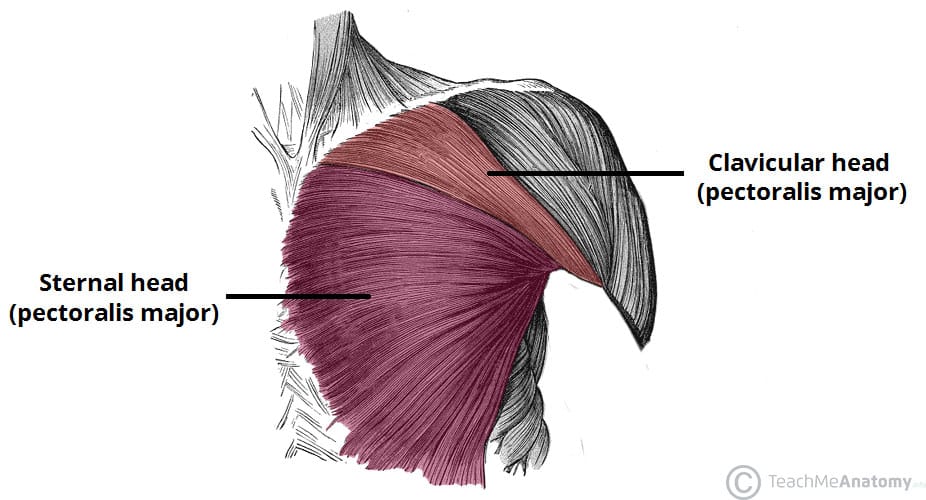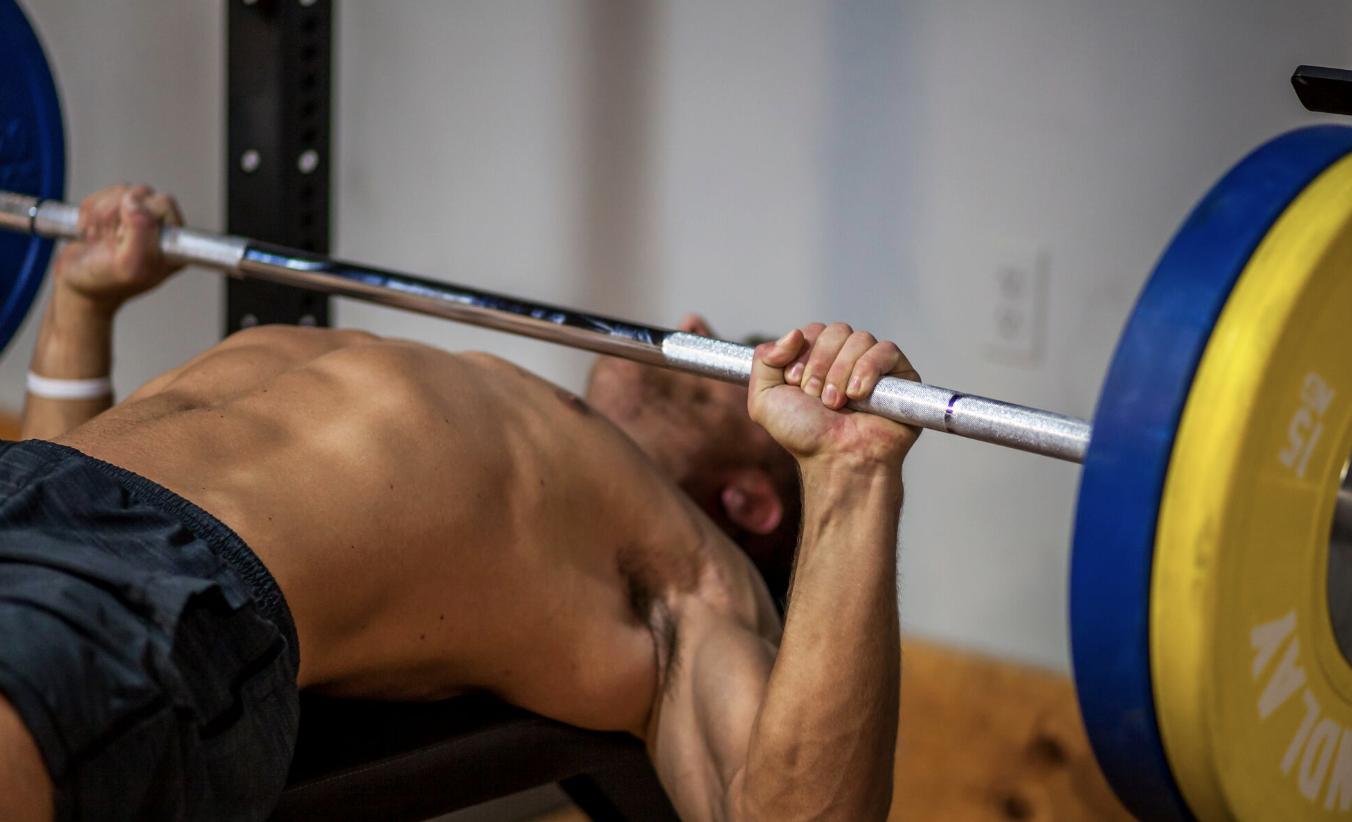Your chest day starts strong, but halfway through you’re struggling to press even moderate weight. This common gym frustration often stems from one critical mistake: exercise order. When debating whether to hit flat barbell bench press or incline dumbbell press first, your choice determines not just today’s performance but your long-term chest development. The sequence of these powerhouse movements affects everything from the weight you can handle to which muscle fibers get maximum stimulation.
Understanding the optimal order for flat barbell bench press unlocks consistent progress and balanced chest growth. Performing this foundational movement first ensures you build the strength foundation necessary for all pressing variations. This article reveals exactly why flat bench belongs at the start of your chest workout and how reversing the order sabotages your gains.
Flat Barbell Bench Press First: Your Strength Foundation
Starting with flat barbell bench press maximizes your ability to lift heavy weights safely and effectively. This compound movement demands peak performance from your entire upper body system. When your muscles are fresh, you can handle significantly heavier loads through the full range of motion without compromising form. Your nervous system fires optimally, stabilizer muscles engage properly, and you maintain perfect bar path control.
The heavy loading potential of flat barbell bench press creates the essential stimulus for progressive strength gains. Attempting this movement after incline work means fighting through pre-fatigued muscles, forcing you to use lighter weights than your true capability. This dramatically limits your potential for myofibrillar hypertrophy – the strength-building muscle adaptation that forms your chest development foundation.
How Flat Bench Targets Your Middle Chest When Fresh

Flat barbell bench press specifically activates the sternocostal head of your pectoralis major – your middle chest fibers. This movement pattern creates maximum tension across the broadest section of your pectoral muscles when performed with full strength. Your triceps and anterior deltoids work as crucial synergists, but the primary driver remains your mid-chest.
The barbell’s fixed path allows you to focus purely on pressing power without the additional stabilization required by dumbbells. This concentrated effort on the middle chest fibers builds the mass and strength that supports all other pressing movements. When performed first, you create the ideal mechanical tension for hypertrophy in this critical area before any fatigue sets in.
Why Incline Dumbbell Press Works Best Second

Moving to incline dumbbell press after flat barbell bench press strategically shifts emphasis to your upper chest. Your pre-activated middle chest fibers allow the incline position to effectively target the clavicular head of your pectoralis major. The dumbbells’ independent movement now becomes an advantage rather than a limitation, requiring greater stabilizer activation when your muscles are already warmed up.
The increased range of motion from dumbbells delivers a superior stretch to your upper chest fibers after your main strength work. Your joints are fully lubricated, your chest muscles are primed, and you can focus entirely on the deep contraction that builds upper chest definition. This sequence ensures both chest regions receive optimal stimulation without compromising either movement’s effectiveness.
Build Your Chest Day: The Exact Flat Bench Sequence
Heavy Flat Bench Sets for Strength Development
Begin your chest workout with flat barbell bench press using 3-4 working sets of 6-8 reps. Load the bar with weights that challenge you while maintaining strict form through every repetition. Rest 2-3 minutes between sets to ensure complete recovery for maximum force production. Focus on driving through your feet and maintaining a tight upper back throughout the movement.
Incline DB Press for Upper Chest Development
Transition directly to incline dumbbell press using 3 sets of 10-12 reps. Select weights that allow controlled movement through the full range of motion. The dumbbells should feel challenging but manageable after your heavy bench work. Rest 90-120 seconds between sets to maintain metabolic stress without excessive fatigue. Emphasize the stretch at the bottom and squeeze at the top.
Progressive Overload Tracking System
Document your flat barbell bench press performance meticulously each session. When you complete all sets at the top of your rep range with solid form, increase the weight by the smallest increment possible (2.5-5 lbs). Track incline dumbbell press progress separately, increasing weight when you exceed your target reps. This systematic approach ensures continuous adaptation.
Stop Doing This: 3 Flat Barbell Bench Press Order Mistakes

Pre-Fatiguing Upper Chest with Incline Press First
Performing incline dumbbell press before flat barbell bench press creates immediate problems. Your upper chest and stabilizer muscles fatigue quickly under dumbbell loading, reducing your ability to maintain proper bar path during heavy bench pressing. This often leads to compromised form and increased shoulder strain. The pre-exhausted upper chest can’t contribute effectively to your flat bench push, forcing other muscles to compensate.
Sacrificing Flat Bench Weight Capacity
When incline work comes first, you’ll inevitably reduce the weight used on flat barbell bench press by 30-50% compared to your fresh capability. Such dramatic loading reductions severely limit strength development and overall chest growth. That 225-pound bench becomes a 150-pound struggle, robbing you of the mechanical tension needed for significant hypertrophy. You’re essentially leaving potential gains on the table with every workout.
Compromising Form Due to Fatigue
Fatigued muscles from incline pressing cause critical technique breakdown during subsequent flat bench work. Common issues include collapsed arches, flared elbows, and inconsistent bar paths. These form deviations not only reduce training effectiveness but significantly increase injury risk to your shoulders and wrists. Proper flat barbell bench press technique requires fresh neuromuscular control that pre-fatigue destroys.
Rest and Technique: Maximizing Both Exercises
Ideal Rest Periods Between Sets
Rest 2-3 minutes between flat barbell bench press sets to allow complete recovery for heavy lifting. This longer rest ensures you maintain maximum strength output across all working sets. For incline dumbbell press, 90-120 seconds of rest provides sufficient recovery while maintaining metabolic stress for hypertrophy. Never shorten flat bench rest periods to “save time” – this sacrifices strength development.
Flat Bench Form Checklist
Before unracking, ensure your shoulder blades are retracted and depressed. Maintain a slight arch in your lower back with feet firmly planted. Lower the bar under control to mid-chest level, keeping elbows at a 45-75 degree angle from your torso. Drive through your entire foot surface to press the weight upward in a slight diagonal path toward your shoulders. Never bounce the bar off your chest.
Incline DB Press Range of Motion Tips
Set the bench at 30-45 degrees to optimally target upper chest without excessive shoulder strain. Start with dumbbells positioned slightly behind your shoulders, allowing a deep stretch at the bottom. Press the weights together in an arc until they nearly touch at the top. Control the eccentric phase for 3 seconds to maximize tension on upper chest fibers. Avoid excessive range that compromises shoulder safety.
Long-Term Chest Development Through Proper Exercise Order
Consistently prioritizing flat barbell bench press first builds the strength foundation that enhances all pressing movements. Your improved flat bench performance directly translates to better incline pressing capability over time. This sequence prevents the common imbalance where lifters develop disproportionately strong upper chests while neglecting middle chest development.
Tracking your flat barbell bench press progress provides the clearest indicator of overall chest strength development. When you consistently add weight to this foundational movement, you create the force production capacity that supports all other chest exercises. This approach ensures balanced development from sternum to collarbone – the hallmark of a complete chest.
Key Takeaway: Always perform flat barbell bench press before incline dumbbell press in your chest workouts. This sequence maximizes strength potential, ensures optimal muscle recruitment, and creates the foundation for balanced chest development. Starting with flat bench allows you to lift heavier weights safely while building the middle chest mass that supports all pressing movements. Save incline dumbbell press for after your heavy compound work when you can focus on upper chest isolation without compromising your primary strength movement. Stick to this order consistently, and you’ll build a stronger, more complete chest over time.




